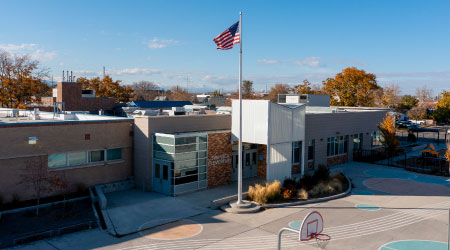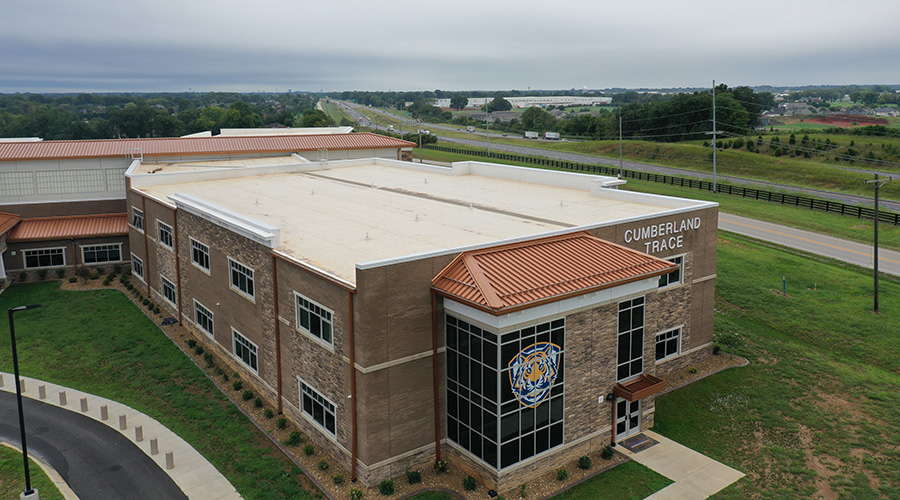Data Centers, IT Infrastructure Benefit from Cooperation Between Facility Management and IT
The meetings led to broader cooperation. At Kogan’s suggestion, Latter began attending construction meetings when a new data center was being built. The two men also coordinate their requests for funding. “Alex and I saw that it was better to be on the same page, rather than going in and fighting each other,” says Latter.
That cooperation has been especially valuable as the demand for data has climbed and the IT infrastructure has grown. In the past, if a faculty member went to the facilities department and asked for a data closet to house his or her own computer, facilities would have completed the request without telling IT. Now facilities lets the faculty member know that IT already has hosting spaces with appropriate power and cooling. “This way we don’t have 100 different data centers on campus,” says Kogan.
The facility department has also made it a priority to help IT expand its infrastructure to keep up with rising demands. In the past, IT had to grab space for network closets wherever it could. That might have meant going into a custodial closet with a slop sink on the floor and putting up a piece of plywood to hang the network equipment from. Today, the facility department’s goal is to allocate a riser with a network closet on every floor.
Cooperation with IT brings rewards to the facility department. In days gone by, Kogan might have housed servers for building automation systems in the HVAC shop or the power plant. Now those servers are all in the main data center, and the building automation systems run over the IT network. “We see ourselves as a service organization to (facilities),” says Latter.
Teamwork doesn’t mean that there are never any problems. But when issues do arise, the order of the day is cooperation and communication, not finger pointing. “It’s easier just to fix it — get it done the right way — then figure out how to make sure it doesn’t happen again in the future,” says Kogan.
Related Topics:












